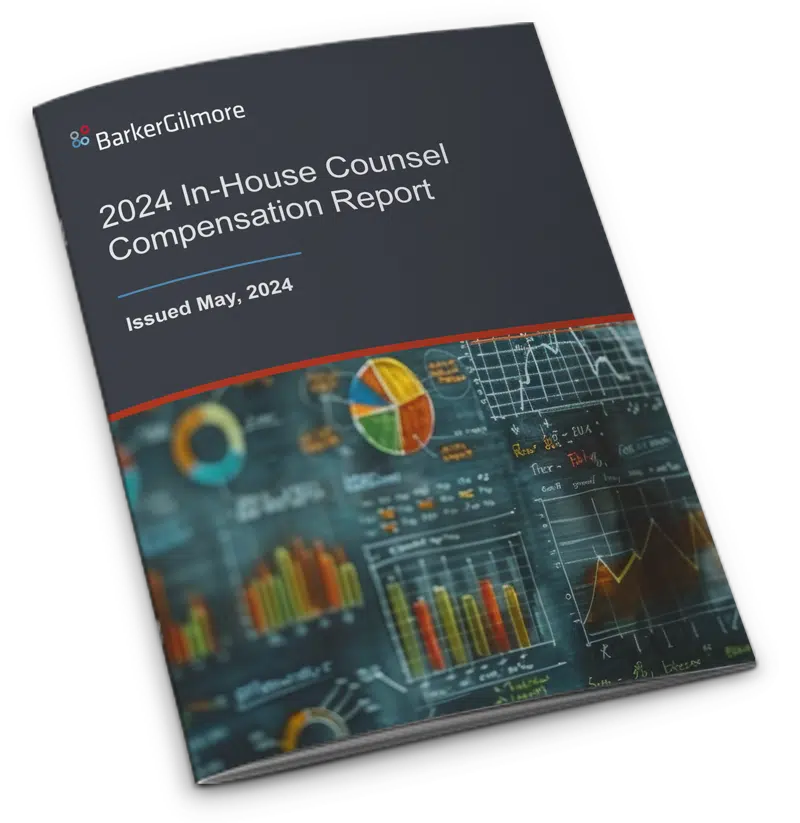In this three-part series, we will share practical advice and useful tips that can help both the employer and the candidate during the hiring process determine if there is a cultural fit that is beneficial to both sides. Our Strategic Advisors, Maureen Brundage, Helen Pudlin, and Audrey Rubin, shared their thoughts with me for this first article.
The Value of Cultural Fit
Culture is defined as the implicit and explicit norms of a company, and defining it adds a necessary and valuable dimension to a successful hiring process. Effectively communicating about the culture helps an employer and a candidate decide if they can achieve a good cultural fit, representing a successful alignment of values and beliefs mixed with diversity and varying perspectives so that they both benefit from the match. Research shows that the right cultural fit results not only in higher levels of job performance, satisfaction, retention, and cost savings, but drives the organization to new levels of creativity and success.
The importance of culture is best summed up by Peter Drucker’s famous quote: “Culture eats strategy for breakfast.” Years of experience as an executive recruiter have driven home this truth for me because it is fundamental to the hiring process. I have observed that a candidate who does not share the company’s mission and values nor aligns with the culture will not work out over time, true of even the brightest and most driven individuals. The ramifications of not getting the right fit are significant for both the company and the candidate.
For the company:
The longer the person stays in the job, the more the cultural mismatch impacts the organization and increases the cost to replace them. Depending on the person’s role, the cost can range from thousands to millions of dollars. Having someone who is a poor cultural fit in the organization can result in:
- Reduced productivity and morale of the team
- Management being consumed addressing issues
- Departures of valued performers
- Inferior client service
- Internal and external reputational risk
- Legal and compliance risk
- Time and money to recruit and train a replacement
For the candidate:
The negative impact to an employee can be significant and may include:
- Dreading going to work
- Reduced career advancement opportunities
- Leaving the company and having to restart a job search
- The potential of being fired alongside the financial impact
- Explaining to a prospective employer why they are looking for a new job
- Negative impact on self-esteem and confidence
- Reputation risk
To get the right cultural fit, be intentional and strategic. Know the culture that you are hiring for or looking for.
With employees expected to continue to work from home well into the future, thus spending less time interacting with their colleagues, cultural fit is an organizational driver that is more important than ever. It guides employees as they navigate meaningful and effective relationships with one another in this remote, virtual world. In fact, cultural fit becomes the invisible glue that binds them together.
Move Beyond Words to Provide Insight
Trying to define and describe your culture is a difficult process. In many instances, the answer to the question of what makes your culture different is the same across the board: “the difference is our people.” This may be universally true but does not reveal much about the personality of the organization and leadership. Companies may put words around their culture which sometimes may not truthfully reflect the underlying reality. For example, a company that expects employees to work unduly hard and is on the verge of being considered a “sweatshop” would be more apt to describe itself with a boilerplate phrase that less-than-accurately depict the situation. According to Maureen Brundage, actions often speak louder than words:
“I think it’s the demonstrated actions the organization has taken that really define the culture. So providing to a candidate, or even disclosing on your website, a list of concrete things that the company has done to, for example, promote employee resource groups, to give back to the community or to improve the environment, can provide a truthful picture of what the culture really is at the company. The actions should be consistent with the words used to describe the culture.”
— Maureen Brundage
Be Aware that Little Telltale Signs Reveal Your Culture
Candidates are often reminded to be respectful and nice to the receptionist as that person will likely form an opinion of them and informally share it with others. In similar fashion, as candidates wait in the reception area, they observe the interaction between the executives and the receptionist and form an opinion of their own about the company’s culture. They will also observe the person escorting them from interview to interview to discover if there are, for example, warm and friendly exchanges between them and other employees, or if they are distant and cold. This of course is lost in virtual interviews. Virtual interviewing has made it harder for candidates to get a feeling for the culture, but they may gain some insight into the company’s culture by observing the home of the interviewer, even perhaps seeing how they react to their child entering the room or their dog barking! Remember that these little telltale signs work both ways, so the employer will also focus on the little things to gain insight into the candidate. Overall, relationships are at the heart of culture, so it’s essential for a company to foster a welcoming, collaborative environment.
Mind Your Mission and Vision and Live Your Values
The mission and strategy of the company will often affect the culture of the company and vice versa. They drive how the business is run. The more important question is whether the values on the company’s webpage are “lived” and fostered by the company’s culture. Candidates will often familiarize themselves with the company’s mission and values prior to an interview and will expect to see evidence of them in play and reflected by the culture. If those values are lacking, it will be more difficult to attract the right candidates.
Divulge Your Diversity
Diversity is another hallmark of culture. An environment that is diverse in all ranks will automatically be different from one that is not. Since the probability of a candidate walking up and down the halls and experiencing culture firsthand may not be possible in today’s work environment, discussing statistics may be an alternative. For example, you could mention the number of diverse employees and their tenures. Employers can also set up a diverse slate of interviewers, making sure that these people have real input and aren’t just there for window dressing. Audrey Rubin added this suggestion to help a candidate understand the culture of the corporate legal department:
“As a GC, I would let the candidate know that every law firm I hire has to provide a diverse team to work on my matters or that they have to partner with a diverse law firm for our matters. This demonstrates that the legal department is taking this issue seriously, and if they are not yet as diverse as they would like to be, they are working hard to get there. This will help assure the candidate that they will fit in.”
— Audrey Rubin
Talk About Tone-at-the-Top
All culture starts at the top, so it’s important to give a candidate a deeper understanding by describing the tone that the Chief Executive Officer and the board set and how they communicate it. Let the candidate know how that tone is filtered through the company so that everyone behaves accordingly and has shared values. In addition, you can explain the risk tolerance of the organization in reputation, business, and legal matters. Helen Pudlin stressed the importance of advising the candidate on the General Counsel’s role in the organization:
“Describe to your candidate how lawyers integrate within the company, what roles they play, and whether they are encouraged to step beyond the legal lane and make broad contributions. Describe the role of the General Counsel in helping to foster a culture of high integrity, high ethical standards, and compliance. Also, it’s important to reinforce the role of the board in setting the tone for a culture of high integrity and doing the right thing.”
— Helen Pudlin
Stay tuned for the next articles in this series: “Interview Questions to Determine if the Candidate is the Right Fit” and “Interview Questions to Determine if the Company is the Right Fit for You.”
Maureen Brundage, Helen Pudlin, Audrey Rubin, and our team of professionals are happy to help accelerate the initiatives that you’re already pursuing or to supplement your current strategic thinking to help you realize your vision. Please reach out if you or your organization may benefit from our recruiting, leadership development, or law and compliance department consulting.
Connect with a legal recruiting advisor
* indicates required fields







